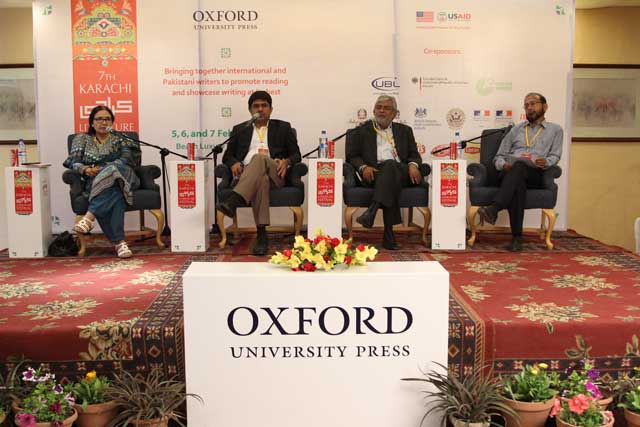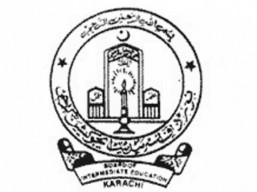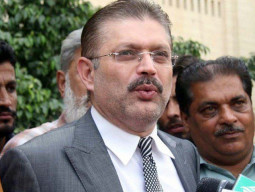
Tharparkar's demography is silently changing from a peaceful and tolerant land to a hostile one; this phenomenon is not natural, but forced. This was the crux of the session, 'Tharparkar: Desert Woes', on the second day of the 7th Karachi Literature Festival.
"Around 100 acres in Nagarparkar have been given to Jaish-e-Muhammad, a proscribed militant organisation, despite a ban on transferring land in the border town," said Dr Sono Khangharani, a social activist. Nagarparkar is the town that borders the Indian Rann of Kutch, and where centuries-old mosques and temples exist.
Extremist activities in the desert area known for its impeccable religious harmony have been ongoing since 1965, claimed Khangharani while answering a question about the rising footprint of Jamaatud Dawa in Thar.
Sindh CM ‘disturbed’ by media coverage of Thar deaths
Apart from Khangharani, Masood Lohar and Tanveer Ahmed were also part of the panel. The session's moderator, Sadiqa Salahuddin, had first referred the question to human rights activist IA Rehman, who was sitting in the audience. Rehman said the area was made nearly inaccessible for the public due to the extensive questioning by security forces. However, religious organisations were allowed to roam freely, he deplored. According to unofficial data, Thar's population has grown to 1.5 million and comprises both Hindus and Muslims. The area is one of the most undeveloped parts of the country and mostly remains in the news for drought and death.

Drought and migration
The drought cycle in the region has been recorded since the late 19th century and its continuous occurrence compelled people to migrate to other countries, explained Lohar. The traders, mostly Hindus, travelled to Africa and set up their businesses there, he said, revealing that the migrants included the family of Indian independence leader Mahatma Gandhi.
Commenting on the region's history, Lohar said it can be traced back to Indus Valley Civilisation as a symbol resembling the Thari cow was found engraved on a seal during the excavation of Moen Jo Daro. Ahmed said 50% of Thari children are growth stunted as many newborns die before they are a month old.
Deaths in thar: No drought-like situation: food minister
He said the causes included lack of health facilities, poor transportation and malnutrition. He explained that there was only one large health facility in the area, Mithi civil hospital, for a population spread over 3.4 million acres. He said in case of complicated cases, patients are referred to Hyderabad and Karachi, more than 300 kilometres away.
During the hour-long session, speakers also covered issues such as supply of safe drinking water, reverse osmosis plants, and the coal extraction project under way in the district, among others.
Published in The Express Tribune, February 7th, 2016.
1736938320-0/BeFunky-collage-(52)1736938320-0-405x300.webp)

1736235029-0/diddy-(50)1736235029-0-165x106.webp)
1736930668-0/Untitled-design-(97)1736930668-0-165x106.webp)
1736931444-0/BeFunky-collage-(51)1736931444-0-165x106.webp)





1736910129-0/kidnapped-(2)1736910129-0-270x192.webp)
1732012115-0/Untitled-design-(14)1732012115-0-270x192.webp)
1736844405-0/Express-Tribune-(2)1736844405-0-270x192.webp)










COMMENTS (2)
Comments are moderated and generally will be posted if they are on-topic and not abusive.
For more information, please see our Comments FAQ